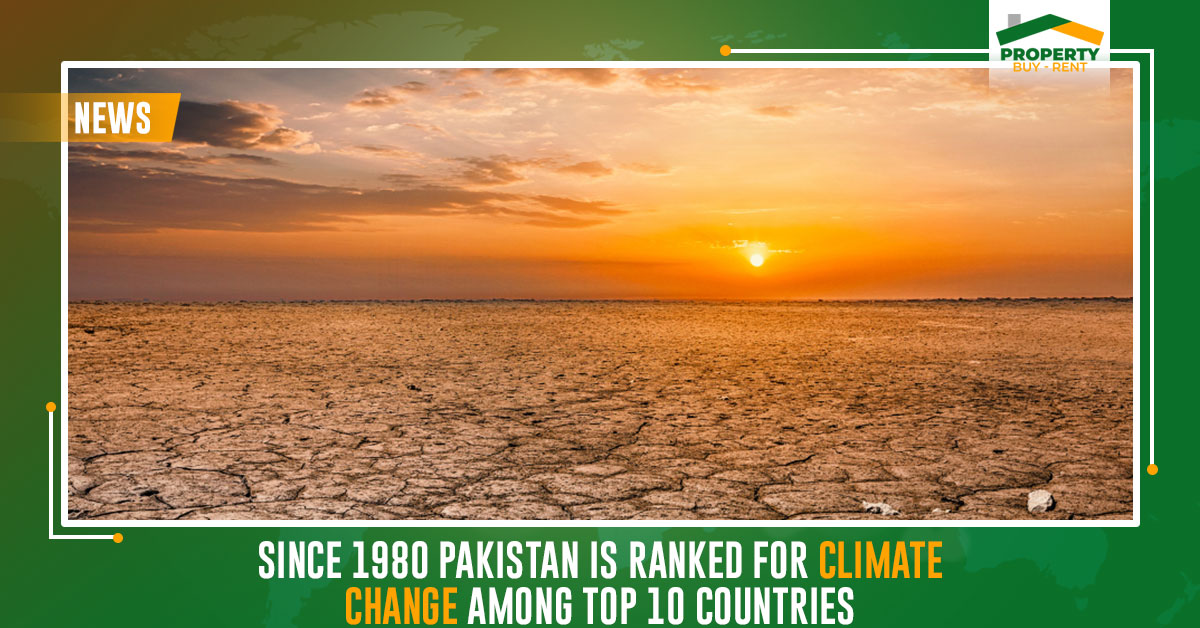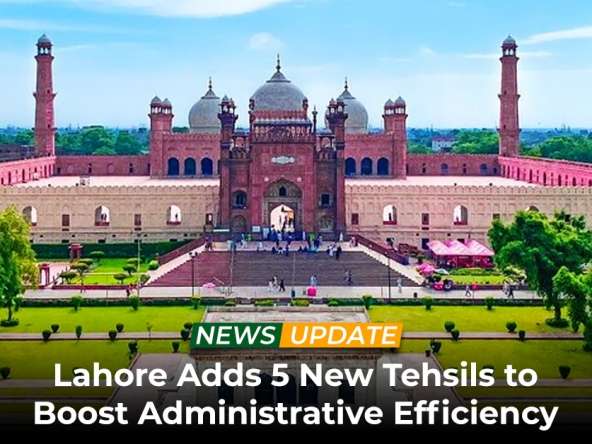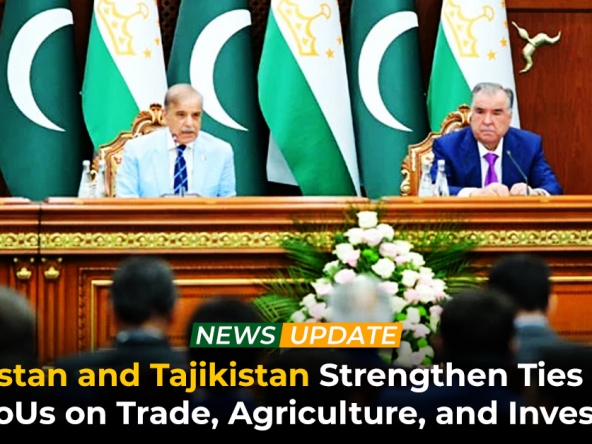Islamabad With repeated natural disasters such as floods, droughts, heatwaves, and hurricanes, Pakistan is one of the 10 most affected by climate change in the last two decades. From March 2022: Pakistan is one of the 10 most-affected countries in the last two decades due to repeated natural disasters such as floods, droughts, heatwaves, and hurricanes. From 2000 to 2019, Pakistan averaged 29.1 in the Climate Risk Index, killing 502.45 people annually, suffering the US $ 3.77 billion in economic loss and 173 catastrophic events, according to a press release. Witnessed. The growing climate crisis threatens and affects humanity as a whole, but the effects of climate change are not gender-neutral. The effects of climate stress on vulnerable communities, especially women and young girls, are clearly visible.
They have access to fewer resources and institutions during climatic stress and are the heaviest burden. About 70% of the worlds poor are women, and pandemics are widening gender inequality in extreme poverty. UNDP Pakistan is working with the National Committee on Women’s Status and Pakistan’s Planning Committee to decipher the challenges women face and seek potential feedback to reduce the vulnerability of women with climate stress. We are conducting gender equality and gender equality talks throughout Pakistan. Conducted experts on climate change.
UNDP Pakistan, with the support of the Kashmir SDGs Support Unit managed by Pakistan, will work with NCSW to hold up-to-date discussions on “Women and Climate Change Impacts, Challenges, and Solutions” in Muzafalabad with gender and climate change climate. Opportunity to discuss the impact of change on women and seek possible solutions to reduce the vulnerability of women suffering from climate change and those at other limits in the region.
The negative effects of climate change have already begun to affect the permanent ice cover of Pakistan-controlled Kashmir regions. Time analysis performed between 2000 and 2017 showed that permanent ice coverage was reduced from 15,000 hectares to 11,000 hectares. The glacial lake outburst involves the formation of 50 new lakes in 2000 and 62 in 2017. This phenomenon has increased the likelihood of a glacial lake outburst flood (GLOF). Not only does this adversely affect the health of the river, but the river embodies human life and property. Shabnum Sarfaraz, Fellow of Social Sector and Decentralization in the Planning, Development, and Special Initiatives sector, elaborated on the need for gender-friendly policies in virtual participation consultations.



